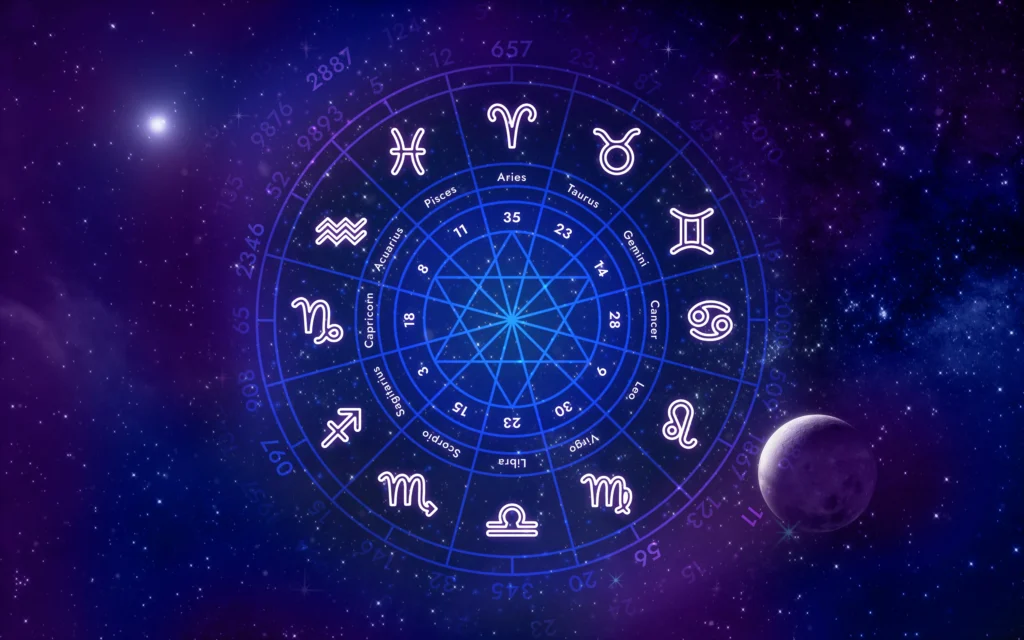Hello Reader!
Welcome to the blog page of Astrological books, a website for Advanced Astrology Books for Astrologer.
Astrology has always fascinated mankind with its ability to decode destiny through planetary positions and cosmic patterns. Among the many schools of astrology, Nadi Astrology holds a unique and significant place. Nadi is considered one of the most precise and scientific approaches to predicting events, as it goes beyond general horoscopes and delves into the finer, microscopic details of a native’s life.
One of the most discussed and advanced methods within Nadi is Rao’s System of Nadi Astrology, developed and popularized by late Shri K.S. Krishnamurthi and later refined by astrologer K.N. Rao. This system provides a structured and logical way of understanding planetary significations and timing of events.
At its foundation, Rao’s System of Nadi Astrology works on the principle of planetary significations and their chain of influence. Instead of only considering planets in their houses and signs, this system emphasizes which planets signify which houses at a particular time.
Thus, Rao’s system helps astrologers pinpoint the timing of events such as career growth, marriage, childbirth, property acquisition, and spiritual advancement.
Unlike general astrology that often gives broad predictions, Nadi Astrology in Rao’s method gives precise timelines by using planetary significations. It focuses on:
This makes Rao’s system one of the most advanced approaches to Nadi Astrology, highly recommended for serious learners and practitioners.

If you are passionate about diving deep into astrology, then studying from Advanced Astrology Books for Astrologer is essential. Books on Nadi Astrology provide detailed insights into Rao’s method, guiding you step by step on how to decode planetary significations.
Some key areas these books cover include:
As a renowned astrologer in Kolkata, I, Dr. Sohini Sastri, have authored several works on astrology, where I simplify such advanced topics for readers. On my website, Astrology Books, you can find Advanced Astrology Books for Astrologer that will not only help in understanding Nadi principles but also in mastering predictive accuracy.
Rao’s system of Nadi Astrology uses transits by superimposing the positions of transiting planets over the natal chart (birth Rasi chart) to analyze the timing and unfolding of life events. According to Rao, reading the natal chart alone does not yield accurate timing predictions; instead, combining it with current transit charts of planets such as Jupiter, Saturn, Rahu, and Ketu enhances predictive precision.
The principle is to observe the angular distances and relationships between the transiting planets and the sensitive positions of planets and houses in the natal chart. This includes considering conjunctions, aspects, and the strength or weakness of planets based on their natal placements. The transits indicate favorable or unfavorable periods when certain life events like marriage, career changes, or health issues may manifest.
Rao’s approach emphasizes that transiting planets mark the time when the potentials indicated in the natal chart come to fruition. It is also noted that while good or bad transits can influence outcomes, they cannot fundamentally change what is promised by the natal chart; they only trigger what is karmically predetermined.
Thus, in Rao’s system, making predictions involves:
This use of transits with the natal chart in Rao’s system is a key aspect that makes the predictions in Nadi Astrology more accurate and time-specific.

While Rao’s System of Nadi Astrology derives its unique principles from ancient Nadi texts, it is important to understand how it compares with the traditional Bhrigu Nadi and Nandi Nadi systems, as well as what sets Rao’s method apart for advanced study.
Bhrigu Nadi and Nandi Nadi are some of the oldest and most voluminous Nadi astrology texts. They use a variety of tools to make predictions, including divisional charts (vargas), dashas (planetary periods), arudhas (projections), and detailed yogas (planetary combinations). These texts often require deep study and experience to decipher because of their extensive palm-leaf manuscripts and regional language scripts.
Both systems emphasize various astrological concepts and calculations, which can be complex and time-consuming to master. Predictions are often based not only on the birth chart but also on transit charts and intricate yogas.
Rao’s System streamlines these complex methodologies by focusing on the planetary karakatwas (significations) and their exact degrees within zodiac signs, without relying heavily on divisional charts or dashas. He harmonized principles from both Bhrigu and Nandi Nadis, distilling a more accessible and scientific approach.
Rao’s System is frequently included in advanced astrology books for astrologers because it distills centuries of complex Nadi teachings into a principled and practical framework. It bridges the gap between ancient wisdom and scientific clarity, making it suitable for modern astrologers seeking refined yet accessible techniques in Nadi Astrology.
This comparison helps astrologers understand where Rao’s methods fit in the broader Nadi tradition and why mastering his system is essential for anyone seriously studying Nadi Astrology through advanced astrology books for astrologer readers.

In Rao’s System of Nadi Astrology, the role of the Lagna (Ascendant) is treated differently from many traditional systems. Rao emphasizes that the Lagna is not the primary significator of the native; instead, Jupiter and Venus take central roles representing male and female life respectively.
Thus, Rao’s system redefines the hierarchy in astrological interpretation, placing Jupiter and Venus as more dominant than the Lagna, particularly in understanding the core life principles of males and females, respectively. This is part of what distinguishes Rao’s system within Nadi Astrology and is elaborated in advanced astrology books for astrologers who study his methods.
Also Read: How To Clean And Maintain Your Hindu God Brass Statues?
In Rao’s System of Nadi Astrology, the concept of functional benefic and malefic planets, especially concerning the Lagna lord, aligns with classical principles but is applied with careful consideration of planetary lordships and house significations.

Rao’s system bridges the gap between traditional Vedic Astrology and modern predictive techniques. For an astrologer who wishes to move beyond basics and enter advanced predictive accuracy, studying Nadi Astrology is a must.
With the help of Advanced Astrology Books for Astrologer, learners can:
1. What is Rao’s System of Nadi Astrology?
Rao’s System of Nadi Astrology is an advanced predictive method that analyzes planetary significations through their placement, constellation, and sub-lord to provide precise life predictions.
2. How is it different from traditional Vedic Astrology?
Unlike traditional astrology, which often gives broad predictions, Rao’s Nadi method focuses on micro-level analysis of planets, providing accurate timelines for events.
3. What is the main principle of Rao’s Nadi Astrology?
The core principle is that planets act as significators of multiple houses, and their results depend on stellar and sub-lord positions, not just signs and houses.
4. Can Rao’s Nadi Astrology predict the timing of events?
Yes, this system is well-known for its accuracy in predicting the timing of events like marriage, career growth, or property acquisition using planetary significations and Dasha periods.
5. Where can one study Rao’s System of Nadi Astrology?
Learners can explore Advanced Astrology Books for Astrologer, especially those focusing on Nadi Astrology, available on my website Astrology Books.
The principle behind Rao’s System of Nadi Astrology lies in understanding planets not just in isolation but as carriers of layered significations. By following this approach, astrologers can deliver highly accurate and time-specific predictions, something that sets Nadi apart from other branches of astrology.
For those eager to learn, my collection of Advanced Astrology Books for Astrologer available on the Astrology Books website will serve as a valuable guide. Whether you are a beginner seeking clarity or an advanced astrologer aiming for mastery, these books on Nadi Astrology will help you decode destiny with confidence.